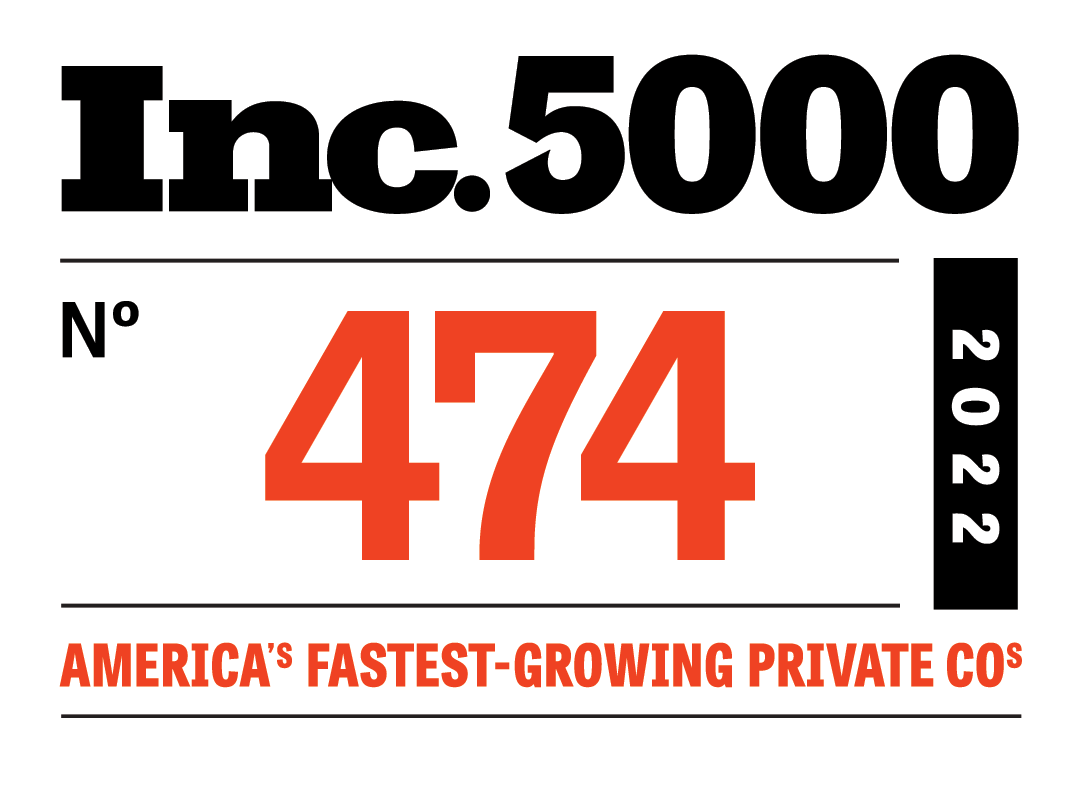
In my conversations with business leaders, I often encounter a common perspective about IT infrastructure – viewing it primarily as a cost center rather than a strategic asset. This mindset, while understandable, can significantly limit an organization's growth potential. Having guided numerous companies through periods of rapid expansion, I've witnessed firsthand how the right IT infrastructure can become a powerful catalyst for sustainable growth.
The Growth-Infrastructure Paradox
Many leaders find themselves caught in what I call the growth-infrastructure paradox. They want to grow their business but hesitate to invest in robust IT infrastructure, seeing it as an unnecessary expense. Yet, when growth opportunities arise, they discover their existing infrastructure can't support expansion, leading to missed opportunities and inefficient scrambling to catch up.
Consider a professional services firm I recently advised. They were gaining new clients rapidly but relied on a patchwork of legacy systems that couldn't scale. Every new client meant more manual processes, more workarounds, and more strain on their team. What should have been exciting growth instead became a source of stress and inefficiency. Their infrastructure was holding them back rather than enabling their success.
Breaking Free from Reactive IT
The key to avoiding this trap lies in shifting from a reactive to a proactive approach to IT infrastructure. This doesn't mean blindly investing in every new technology, but rather building a foundation that can flex and scale with your business. Think of it as building a house – you need a foundation that can support not just today's structure but tomorrow's additions as well.
Three Pillars of Growth-Enabling Infrastructure
Through years of helping businesses scale, I've identified three critical pillars that transform IT infrastructure from a necessity into a growth enabler:
- Scalability by Design Your infrastructure should grow with your business without requiring complete overhauls. This means choosing solutions that can scale up or down based on demand, implementing standardized processes that work whether you have ten clients or a hundred, and ensuring your security measures protect you at any size.
- Integration and Automation Growth often stalls when systems don't talk to each other, creating information silos and requiring manual intervention. Modern infrastructure should seamlessly connect your various business systems, automating routine tasks and freeing your team to focus on strategic initiatives that drive growth.
- Future-Ready Flexibility Technology evolves rapidly, and your infrastructure should be able to adapt without major disruptions. This means building with open standards, maintaining clean data architecture, and regularly evaluating emerging technologies that could provide competitive advantages.
Making Strategic Infrastructure Decisions
The challenge for many leaders is knowing where to invest for maximum impact. Start by asking these key questions:
- What are our growth bottlenecks? Look for areas where manual processes or technology limitations are slowing you down.
- How easily can we onboard new clients or expand into new markets? Your infrastructure should make growth easier, not harder.
- Are we spending more time maintaining systems than improving them? If maintenance consumes most of your IT resources, it's time to rethink your approach.
From Cost Center to Profit Driver
When properly aligned with business strategy, IT infrastructure transitions from a cost center to a profit driver. It's not just about keeping the lights on – it's about creating competitive advantages, improving customer experiences, and enabling your team to do their best work.
I've seen this transformation in action. One of our clients, after implementing a cloud-based infrastructure designed for growth, reduced their client onboarding time from weeks to days. Another discovered that their new infrastructure allowed them to offer services they previously couldn't support, opening entirely new revenue streams.
The Leadership Challenge
As a leader, your role isn't to understand every technical detail of your infrastructure. Instead, focus on ensuring your technology strategy aligns with your business goals. This means:
Having regular conversations with your IT team or partners about growth plans and challenges Understanding the capabilities and limitations of your current infrastructure Making informed decisions about technology investments based on business impact Fostering a culture that embraces technology as a growth enabler.
Moving Forward
The businesses that thrive in today's environment are those that view IT infrastructure as a strategic asset rather than a necessary evil. They understand that the right infrastructure creates possibilities rather than limitations.
As you plan for growth, consider how your infrastructure supports or hinders your ambitions. Are you building a foundation that will support your future success, or are you creating technical debt that will eventually slow you down?
Remember, the goal isn't to have the most advanced technology – it's to have the right technology that enables your specific growth objectives. Start with your business strategy, then build an infrastructure that helps you achieve it.
In an era where digital capabilities often define competitive advantage, your IT infrastructure isn't just supporting your business – it's shaping what your business can become.
Tom Glover is Chief Revenue Officer at Responsive Technology Partners, specializing in cybersecurity and risk management. With over 35 years of experience helping organizations navigate the complex intersection of technology and risk, Tom provides practical insights for business leaders facing today's security challenges.




